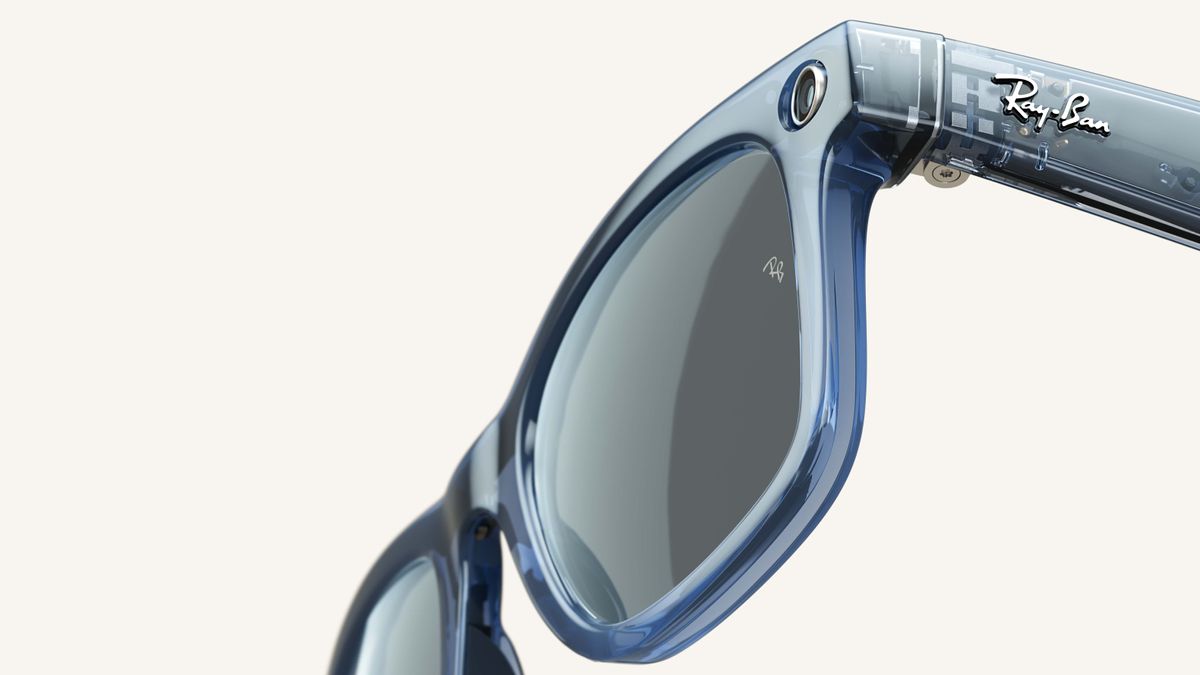I Tried Meta AI in My Ray-Ban Smart Glasses Due to an Unexpected UK Launch – It’s the Best AI Wearable Yet!

Exploring the Meta AI Beta with Ray-Ban Smart Glasses
The Meta AI beta for Ray-Ban smart glasses has made its way into the UK, despite its official availability being limited to the US and Canada. I had the opportunity to test out this feature during a visit to London Paddington, close to our office, and I was keen to explore its capabilities. The smart glasses offer a unique blend of style and functionality, equipped with a camera and an internet connection, allowing users to interact with Meta AI just like other generative AIs, such as ChatGPT.
The Experiment Begins
Walking out of the office, I initiated my test with the glasses by asking Meta AI to perform two tasks: identifying trees along the street and summarizing a lengthy sign about parking regulations. Unfortunately, on the tree identification task, it encountered difficulties, producing just a few beeping sounds before going silent. The parking sign query, however, yielded a much better response, with the AI successfully outlining the need for a permit to avoid hefty fines. This saved me a significant amount of time that would have otherwise been spent interpreting the sign on my own.
As I continued my walk towards Paddington Station, I ventured into more casual inquiries, treating the glasses as a personal tour guide. Meta AI shared fascinating tidbits about Big Ben, pointing out that the name actually refers to the bell, not the clock tower itself. However, when I asked about King Charles III’s residence, the AI couldn’t provide a definitive answer, showing a level of humility by admitting its limitations rather than generating incorrect information—a positive feature in AI interactions.
Testing the Capabilities
After my initial success, I decided to test the AI on a different tree I encountered. This time, it responded that the tree was likely deciduous but could not specify the exact species. Arriving at Paddington Station, I ran further tests, and the results were mixed. The AI accurately identified the station and provided correct train departure times for two out of three queries. In one instance, it misidentified the departure, illustrating that while the technology is impressive, there are still areas needing improvement.
A highly anticipated feature I wanted to try involved asking the AI for dinner recommendations based on items in the station shop. Unfortunately, the array of choices was too overwhelming for the AI, and it failed to make any suggestions. This indicated that, while the technology has potential, it may struggle with complex datasets.
Impressive Navigation Assistance
On the way back, I decided to challenge the AI with the navigation of the London Underground. I asked it to help find various tube stations on a complex map posted at the entrance. The AI provided impressive assistance, consistently leading me in the right direction. When I asked about the location of Wimbledon on the map, it could not pinpoint it exactly but correctly indicated its general position in the southwest. This ability to piece together useful information from partial data was reminiscent of human-like reasoning, showcasing the advancements in AI technology.
Recommendations for Users
For anyone possessing Ray-Ban Meta smart glasses, I suggest checking if you can access the Meta AI feature. While users in the US and Canada are guaranteed access, there is a chance for others, like me in the UK, to explore this beta version. Engaging with the AI is as simple as saying, "Hey Meta, look and…" to see what information it can provide.
The Future of AI Wearable Technology
In the rapidly evolving world of AI wearables, the Ray-Ban Meta smart glasses stand out as a hybrid device that combines stylish eyewear with practical AI features. Unlike some other devices that have received negative reviews, these smart glasses serve multiple functions: they are not only an AI companion but also feature open-ear speakers and a camera.
While the smart glasses still have room for improvement, particularly in audio quality and camera performance compared to high-end alternatives, they represent a significant step forward in wearable technology. The design is appealing, which adds to their overall desirability, making them one of the best examples of AI wearables available today.






